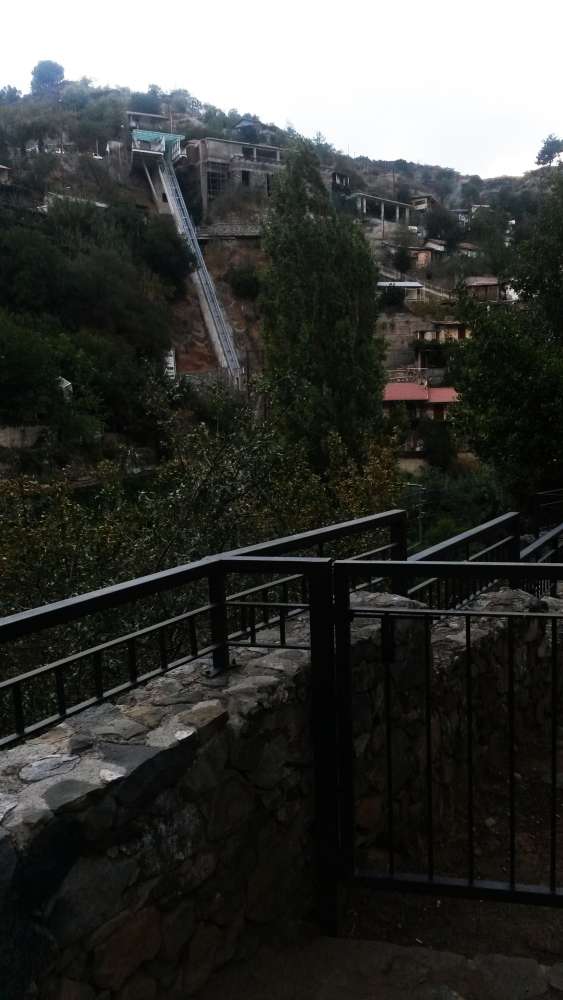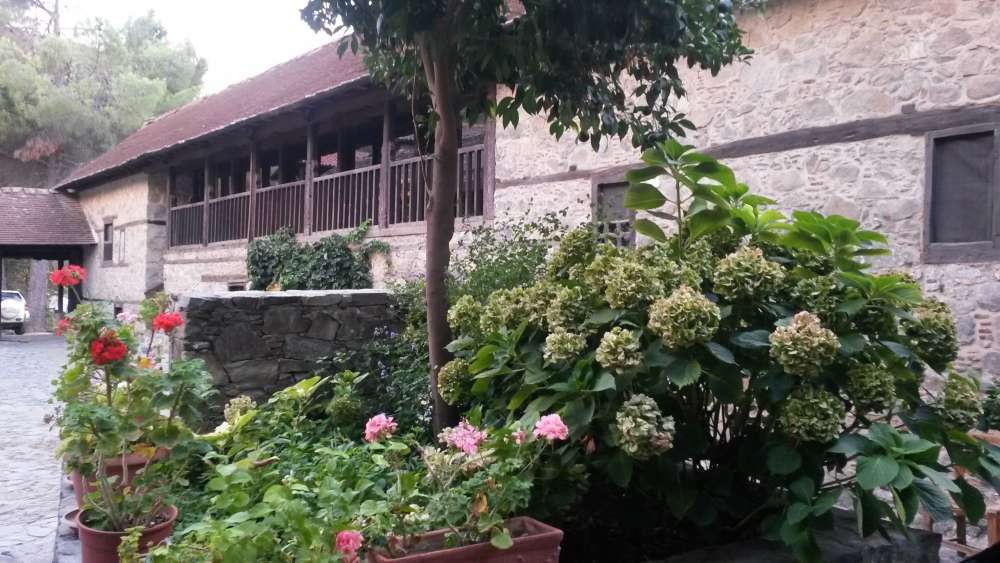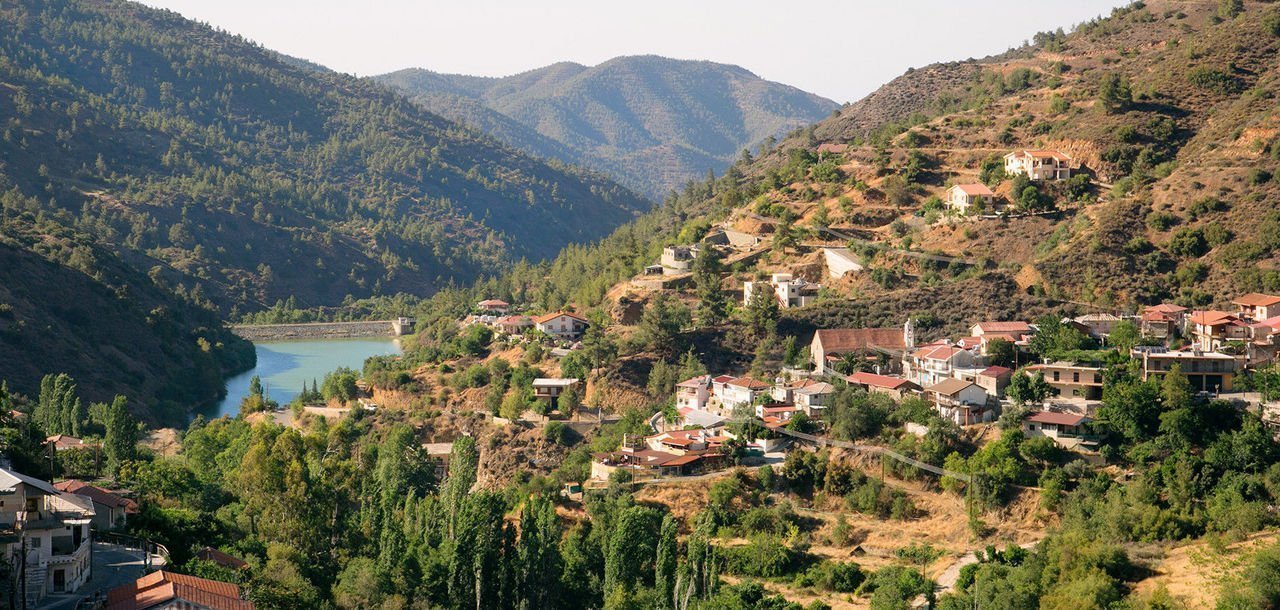Located in the Troodos mountain range, in the Marathasa Valley area of the Lefkosia (Nicosia) district, the village of Kalopanagiotis is 70 km from Lefkosia and can be reached by following the E901 route, followed by the B9, the E908 and finally, the F958.
Kalopanagiotis is one of the most beautiful resorts on the island with its sulphur springs, traditional architecture and panoramic valley views, and is ideal for agrotourism in its peaceful surroundings.
The village’s name means ‘good Panayiotis’ in Greek, after the first inhabitant Panayiotis, who built his house near the Agios Ioannis Lampadistis monastery. The Monastery itself is on the UNESCO World Heritage Site list, and features three Byzantine churches with well-preserved frescos dating back from the 9th to the 15th century.
Interesting sights include the Venetian bridge and the Kykko watermill. The 16th century bridge was constructed from traditional stone, and until recently served as the only access between the village and the monastery. The watermillhas been declared a ‘heritage monument’ by the Cyprus Department of Antiquities, and is an imposing site, characteristic of architecture of the pre-industrial period.
Kalopanagiotis’ charm can also be felt in its other old chapels and churches, the quaint, cobbled streets, and footpaths that lead to beautiful nature trails.

The Church of Agios Ioannis Lambadistis and Byzantine Museum
Originally a monastery, today’s church of Agios Ioannis Lambadistis is a complex of three churches: Agios Irakleidios, Agios Ioannis Lambadistis and a Latin chapel – all under a single pitched roof. The church is a listed UNESCO World Heritage Site.
The church of Agios Irakleidios was built in the 11th century while its frescoes date to the 13th and 16th century. The templon is particularly interesting, covered with gargoyles, including a heraldic Lusignan lion and Byzantine eagle.
The church of Agios Ioannis Lambadistis was built in 1731. The saint’s tomb, which dates to the 12th century, can be found under the narrow northeastern arch and the saint’s skull lies in a niche. The icon of Lambadistis dates to 1543. A very interesting Byzantine museum can be seen near the church.The Latin Chapel contains the most complete series of Italo-Byzantine paintings in Cyprus.

Courtesy of the CTO






